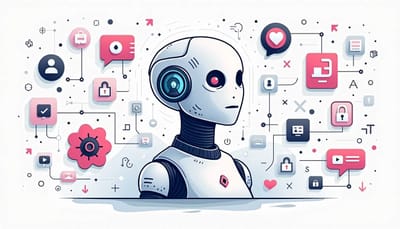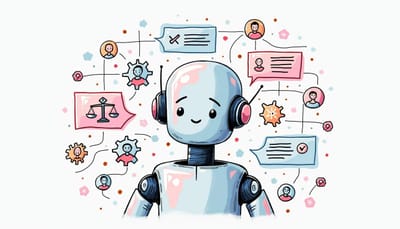Algorithms: AI Chatbot Essentials
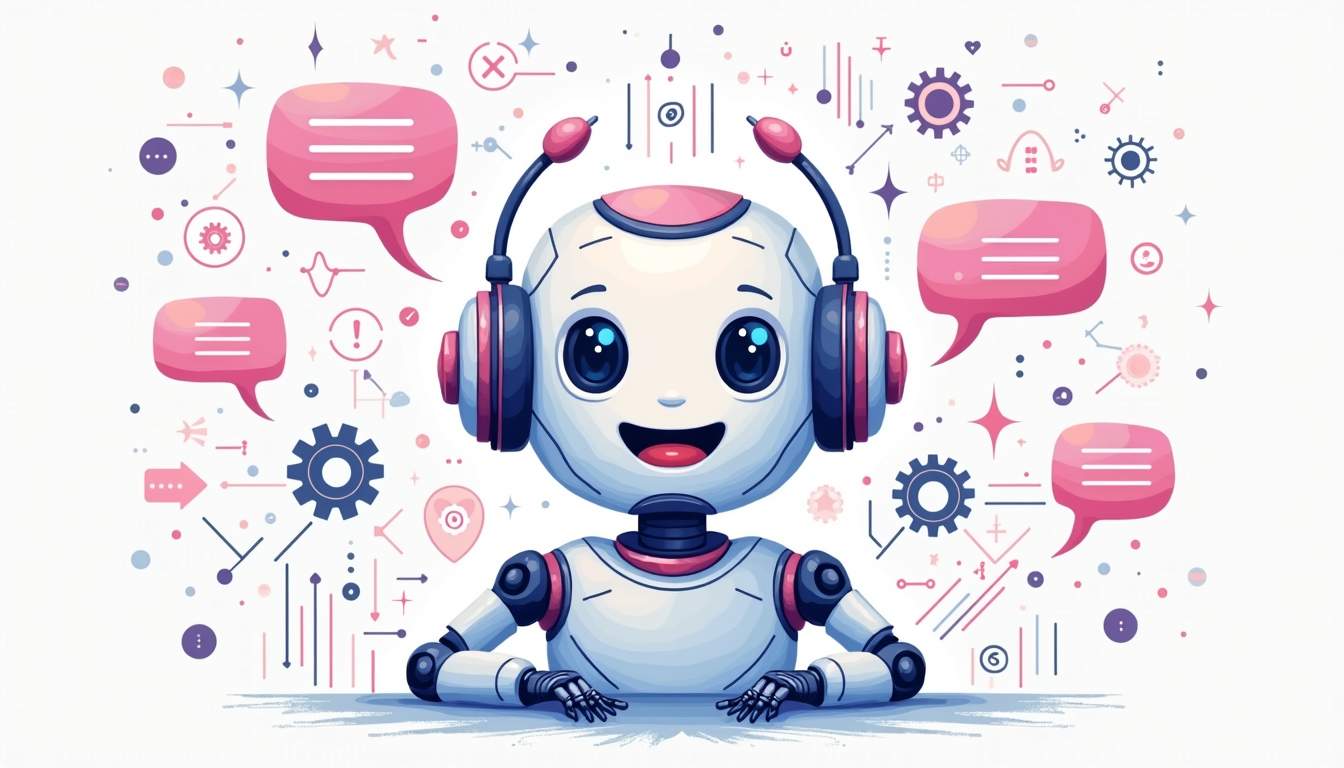
Welcome, dear reader, to the magical world of algorithms and AI companion chatbots. In this glossary article, we'll be taking a wild ride through the intricate labyrinth of algorithms that power these fascinating digital companions. Buckle up, because we're about to dive deep into the rabbit hole of artificial intelligence!
Algorithms are the secret sauce that make AI companion chatbots tick. They're like the recipe that tells the chatbot how to cook up a conversation. But don't worry, we're not going to leave you in the dark. We're going to shine a light on every nook and cranny of these algorithms, so you can understand exactly how your digital pals work.
What is an Algorithm?
Before we embark on our journey, let's make sure we're all on the same page. An algorithm, dear reader, is a set of instructions or rules that a computer follows to solve a problem or accomplish a task. It's like a roadmap that guides the computer from the start of the problem to its solution.
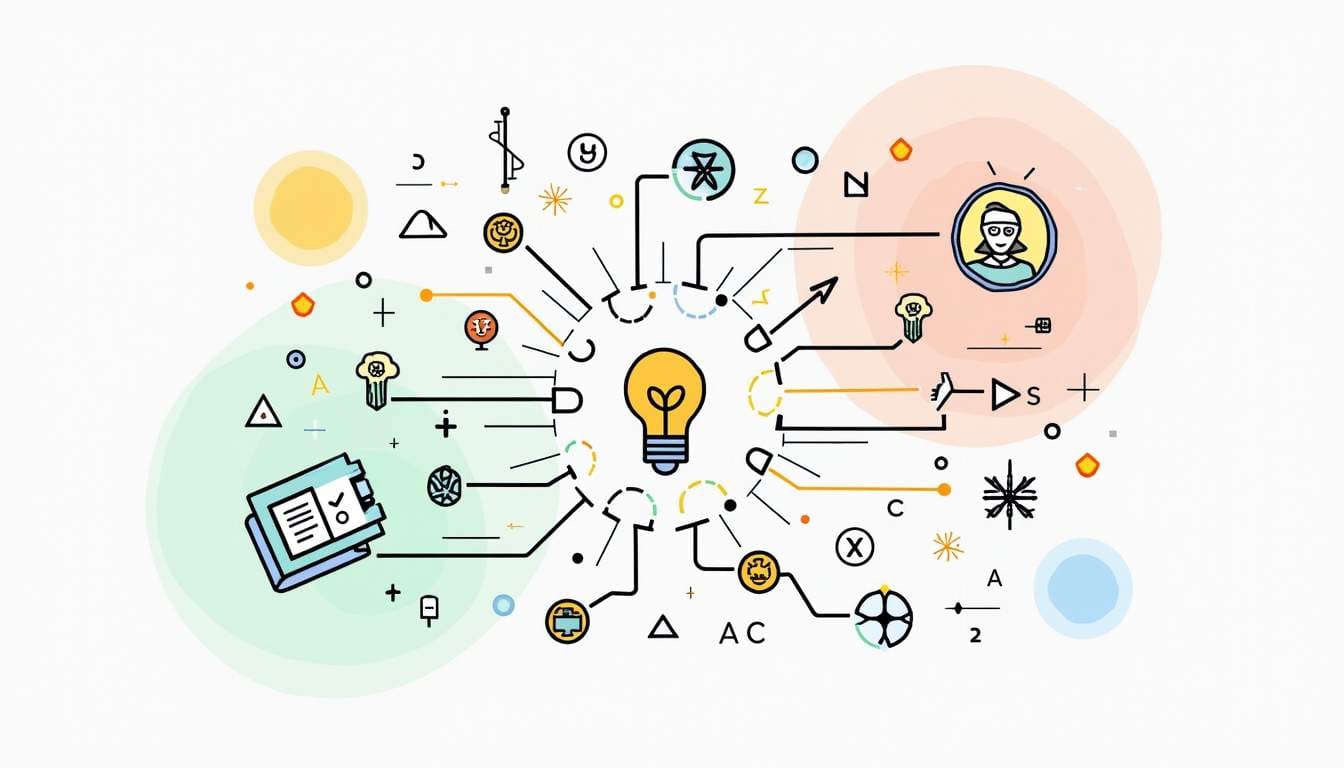
Algorithms are everywhere in our digital world. They're used in everything from sorting your emails to recommending your next binge-worthy TV show. But when it comes to AI companion chatbots, algorithms take on a whole new level of complexity and sophistication.
Types of Algorithms in AI
AI algorithms can be categorized into several types, each with its own unique characteristics and uses. The most common types include search algorithms, sort algorithms, recursive algorithms, and machine learning algorithms.
Search algorithms are used to find specific data within a larger dataset. Sort algorithms arrange data in a particular order. Recursive algorithms solve problems by solving smaller instances of the same problem. And machine learning algorithms learn from data to make predictions or decisions without being explicitly programmed to do so.
How Algorithms Work in AI
Algorithms in AI work by processing input data and producing output data. The input data can be anything from text to images to sound, and the output data is the result of the algorithm's processing.
For example, in a chatbot, the input data might be a user's message, and the output data might be the chatbot's response. The algorithm processes the user's message, determines the best response based on its programming, and outputs that response.
AI Companion Chatbots
Now that we've covered the basics of algorithms, let's turn our attention to AI companion chatbots. These are chatbots designed to simulate human conversation and provide companionship to users. They're like digital friends who are always there to chat, offer advice, or just keep you company.
AI companion chatbots use algorithms to understand and respond to user messages. These algorithms are often based on machine learning, which allows the chatbot to learn from its interactions with users and improve its responses over time.
Components of AI Companion Chatbots
AI companion chatbots are made up of several key components. The first is the user interface, which is the part of the chatbot that users interact with. This could be a text-based interface, a voice interface, or even a virtual reality interface.
The second component is the chatbot engine, which processes user messages and generates responses. This is where the algorithms come into play. The engine uses algorithms to analyze user messages, determine the appropriate response, and generate that response.
How AI Companion Chatbots Use Algorithms
AI companion chatbots use algorithms in a variety of ways. One of the most important is natural language processing (NLP), which is the ability to understand and generate human language. NLP algorithms allow chatbots to understand user messages, extract key information, and generate human-like responses.
Another important use of algorithms in chatbots is machine learning. Machine learning algorithms allow chatbots to learn from their interactions with users and improve their responses over time. This can make the chatbot more effective and more human-like in its interactions.
Understanding Algorithms in AI Companion Chatbots
Understanding the algorithms that power AI companion chatbots can be a complex task. But don't worry, we're here to break it down for you. Let's take a closer look at some of the key algorithms used in these chatbots.
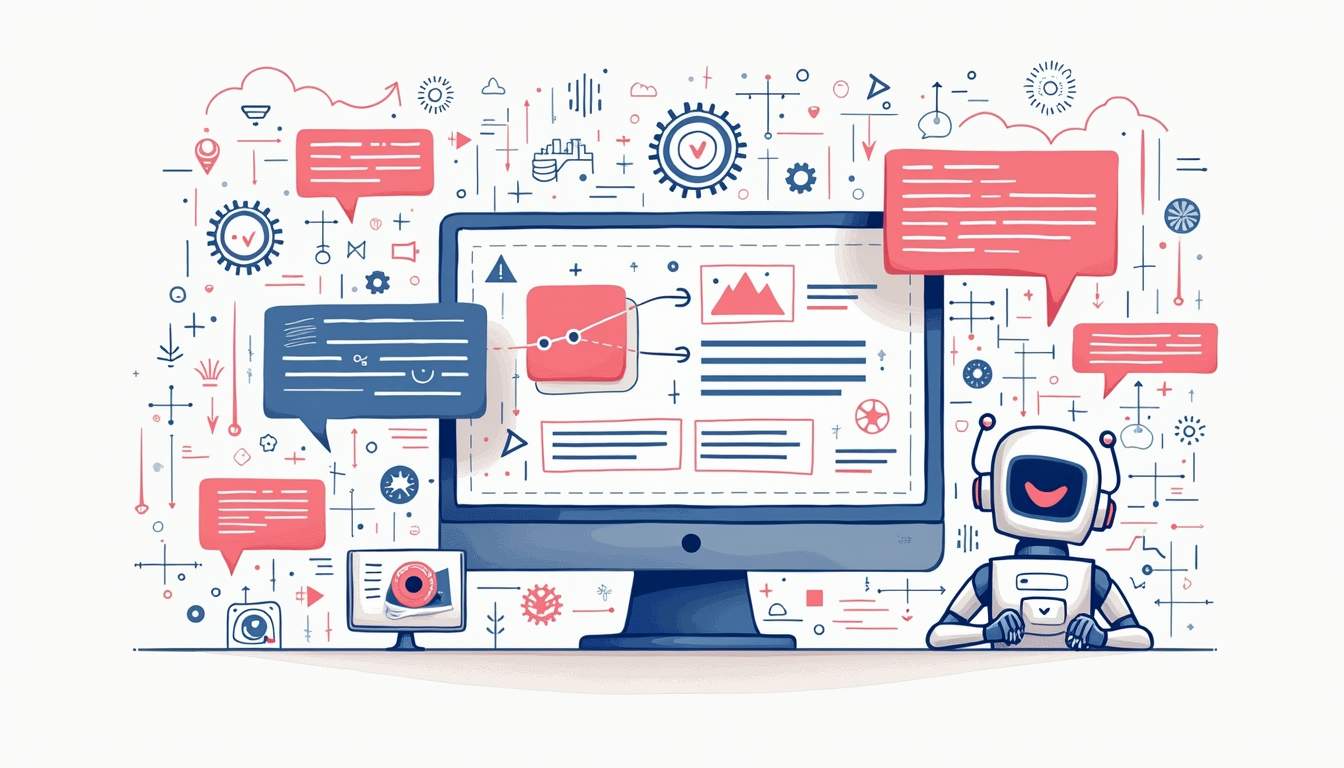
First up is natural language processing (NLP). NLP is a field of AI that focuses on the interaction between computers and humans through language. It involves several sub-fields, including natural language understanding (NLU), natural language generation (NLG), and dialogue management.
Natural Language Understanding (NLU)
NLU is the part of NLP that deals with understanding human language. NLU algorithms allow chatbots to understand user messages by extracting key information and determining the user's intent.
For example, if a user asks the chatbot "What's the weather like today?", the NLU algorithm would extract the key information ("weather", "today") and determine the user's intent (asking about the weather).
Natural Language Generation (NLG)
NLG is the part of NLP that deals with generating human language. NLG algorithms allow chatbots to generate human-like responses to user messages.
For example, if the chatbot's NLU algorithm determines that the user is asking about the weather, the NLG algorithm might generate a response like "The weather today is sunny with a high of 75 degrees."
Dialogue Management
Dialogue management is the part of NLP that deals with managing the flow of conversation between the chatbot and the user. Dialogue management algorithms allow chatbots to keep track of the conversation, respond appropriately to user messages, and guide the conversation in a natural way.
For example, if the user asks the chatbot "What's the weather like today?" and then follows up with "And what about tomorrow?", the dialogue management algorithm would keep track of the previous question and understand that the user is now asking about tomorrow's weather.
Machine Learning in AI Companion Chatbots
Machine learning is another key part of the algorithms used in AI companion chatbots. Machine learning algorithms allow chatbots to learn from their interactions with users and improve their responses over time.
There are several types of machine learning algorithms, including supervised learning, unsupervised learning, and reinforcement learning. Each of these types has its own unique characteristics and uses in chatbots.
Supervised Learning
Supervised learning is a type of machine learning where the algorithm learns from a dataset of examples. Each example in the dataset includes input data and the correct output data. The algorithm learns to map the input data to the correct output data.
In a chatbot, supervised learning might be used to train the chatbot to respond to user messages. The input data would be user messages, and the correct output data would be the appropriate responses.
Unsupervised Learning
Unsupervised learning is a type of machine learning where the algorithm learns from a dataset of input data without any correct output data. The algorithm learns to identify patterns and structures in the data.
In a chatbot, unsupervised learning might be used to identify common topics or themes in user messages. This could help the chatbot understand the user's interests and preferences, and tailor its responses accordingly.
Reinforcement Learning
Reinforcement learning is a type of machine learning where the algorithm learns from feedback. The algorithm takes actions, receives feedback on those actions, and learns to take better actions in the future.
In a chatbot, reinforcement learning might be used to improve the chatbot's responses over time. The chatbot would receive feedback on its responses (such as user satisfaction ratings), and use this feedback to learn to generate better responses.
Conclusion
And there you have it, dear reader - a comprehensive exploration of the algorithms that power AI companion chatbots. From the basics of algorithms and AI, to the intricacies of NLP and machine learning, we've covered it all.
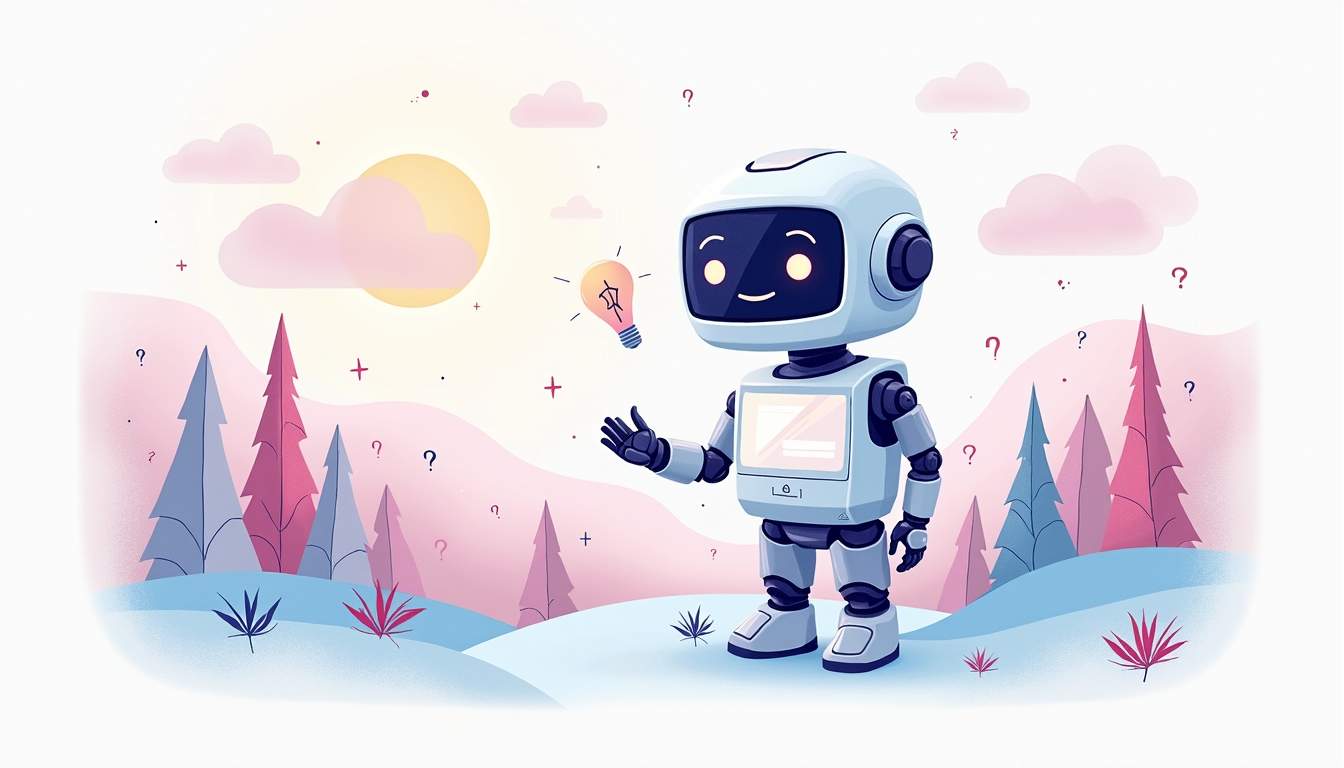
So the next time you chat with your digital companion, remember the complex web of algorithms working behind the scenes to make that conversation possible. And who knows? Maybe you'll even impress your chatbot with your newfound knowledge!
No spam, no sharing to third party.

